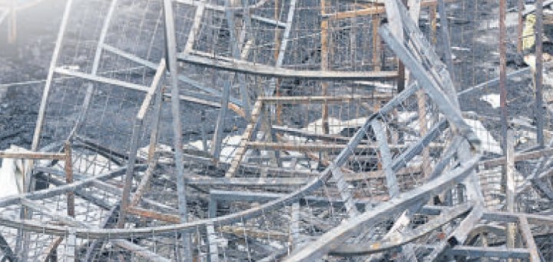×
The Standard e-Paper
Join Thousands Daily

The Ministry of Education, boards of governors and parents and teachers associations cannot escape blame for failure to provide safer school environment for the children.
The police have declared that the fire outbreak that killed nine and injured many Form One students at Moi Girls School Nairobi last weekend was an act of arson.